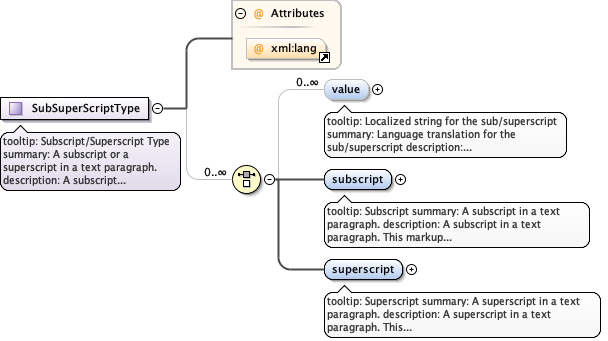
This example creates a variable fib that contains the elements of If condition is initiallyįalse, the body of the loop is never executed. This process repeats untilĬondition is no longer true. Afterīody has been executed, condition is tested again, and if it If condition is true, it executes the statement body. The first thing the while statement does is test condition. Here body is a statement or list of statements that we call theīody of the loop, and condition is an expression thatĬontrols how long the loop keeps running. Octave's while statement looks like this: Only if all of the elements are non-zero. In an if statement is a vector or a matrix, it is considered true If the value of the conditional expression While statement is considered true if its value is non-zero, andįalse if its value is zero. With the condition in an if statement, the condition in a It repeatedly executes a statement as long as a condition is true. The while statement is the simplest looping statement in Octave. In programming, a loop means a part of a program that is (or at least canīe) executed two or more times in succession. Using the indentation to show how Octave groups the statements. It is much easier to see the error if we rewrite the statements above Results, without producing any warning messages. ( endif, endfor, etc.), it may simply produce incorrect Or, if you have not used the more specific end statements If Octave is reading this input from aįile, it may complain about missing or mismatched end statements, If you are using Octave interactively, it will continue to Octave will expect additional input to complete the first if Statement within another if statement's else clause. If it is, the space between the elseĪnd if will tell Octave to treat this as a new if Note that the elseif keyword must not be spelled else if,Īs is allowed in Fortran. Printf ("x is odd and divisible by 3\n") Tested, and if it is true (that is, the value of x is divisibleīy 3), then the second printf statement is executed. If it is false, then the second condition is Value of x is divisible by 2), then the first printf In the following example, if the first condition is true (that is, the Only oneĮlse clause may appear, and it must be the last part of the If none of the conditions are true and theĮlse clause is present, its body is executed. Tested in turn, and if one is found to be true, its correspondingīody is executed. If ( condition) then-body elseif ( condition) elseif-body else else-body endifĪny number of elseif clauses may appear. Multiple decisions to be combined in a single statement. The third and most general form of the if statement allows Printf statement is evaluated, otherwise the second printf Is, the value of x is divisible by 2), then the first In this example, if the expression rem (x, 2) = 0 is true (that

If condition is true, then-body is executed otherwise, If ( condition) then-body else else-body endif The second form of an if statement looks like this: Matrix, it is considered true only if all of the elements are If the value of theĬonditional expression in an if statement is a vector or a Is non-zero, and false if its value is zero. The condition in an if statement is considered true if its value In its simplest form,Ĭondition is an expression that controls what the rest of the

ThereĪre three basic forms of an if statement. The if statement is Octave's decision-making statement. While and the corresponding end statement is called the The list of statements contained between keywords like if or Preferred because if you use them, Octave is able to provide betterĭiagnostics for mismatched or missing end tokens. You can use the keyword end anywhere a more specificĮnd keyword is expected, but using the more specific keywords is Statement, and endwhile marks the end of a while ForĮxample, the keyword endif marks the end of an if

Statement that marks the end of the end of the control statement. Each control statement has a corresponding end If statement contains another statement which may or may not beĮxecuted.

Many control statements contain other statements for example, the While, to distinguish them from simple expressions. Statements start with special keywords such as if and Go to the first, previous, next, last section, table of contents.Ĭontrol statements such as if, while, and so onĬontrol the flow of execution in Octave programs.


 0 kommentar(er)
0 kommentar(er)
